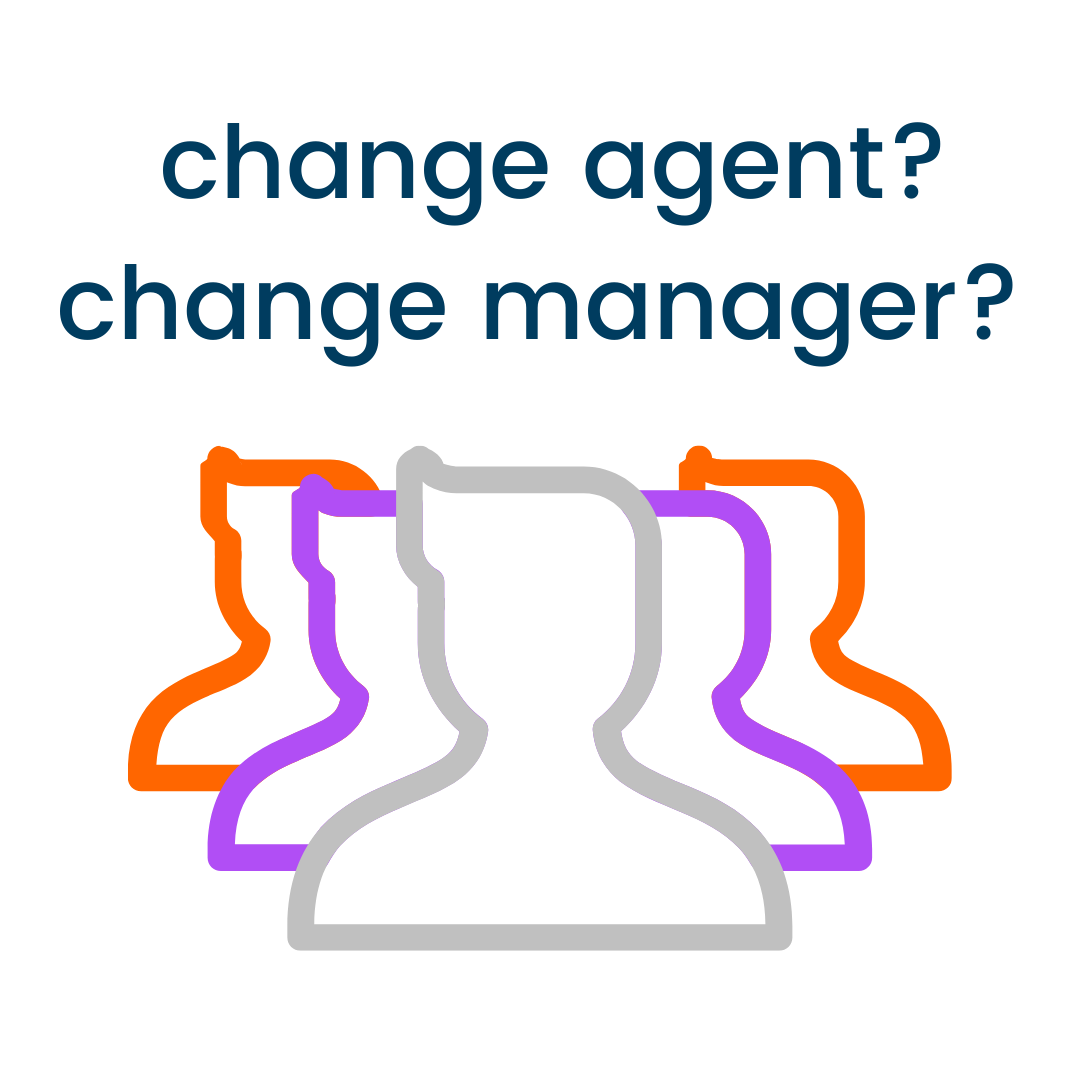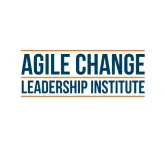One of the questions I was asked recently was ‘is there still a role for change agents’ in agile change? It’s a great question as the move to agility has introduced a range of new roles and of course a shift in the role of the change manager which we teach in the Certificate of Agile Change Management.
In agile change, the change manager is most often the person charged with supporting the development teams and responsible for the successful adoption of change.
In organisations that are focusing on agile transformation the agile change manager takes more of a shepherding role, identifying the system constraints that prevent organisational agility and helping the organisation redesign the systemic elements that support agility.
The change agents can be based in any part of the organisation. They are the initiator of change — the person who introduces and champions the new idea. Additionally, the change agent is often responsible for taking the activity into Business As Usual (e.g. post change activity).
Everett Rogers in his change bible The Diffusion of Innovations (1962) describes a change agent, as ‘an individual who influences client’s innovation – decisions in a direction deemed desirable by a change agency’. Critically, ‘the change agent not only seeks to obtain the adoption of new ideas but may also attempt to slow down diffusion and prevent the adoption of undesirable innovations’. (p. 28). Further, in contrast to the ideas above of the change agent as part of the business, Rogers saw the change agent as being different to the client (eg. by experience, education and social system)
In tales from the trenches, Charles Hardman provided a fascinating example of change capability building by distributed change agents in a previous organisation:
… We consciously made every employee an ‘agent of change’ and including ‘change’ as a key result area on everyone’s performance reviews. Our view was that every employee was responsible for solutions. I appreciate that this isn’t necessarily how it all worked in practice, but it did allow us to be very clear with our expectations; whilst providing the opportunity to every employee to make things better. i.e. employee engagement. Likewise, we had no long-term appointed change managers – rather we had people who had a ‘manage change’ key result area.
It’s an interesting approach – one that would require significant change maturity within the business.
So what your thoughts? How do you define a change agent within your organisation?
What role do they play in agile change?
Oh, and those new roles in your organisation that come along with Agile? You might find this infographic helpful!



































